Optimal Timing for Acrylic Stucco Application
Acrylic stucco installations are most effectively performed during specific periods to ensure optimal adhesion and curing. Weather conditions significantly influence the quality and longevity of the application. Understanding the ideal timing can help achieve a durable and visually appealing finish.
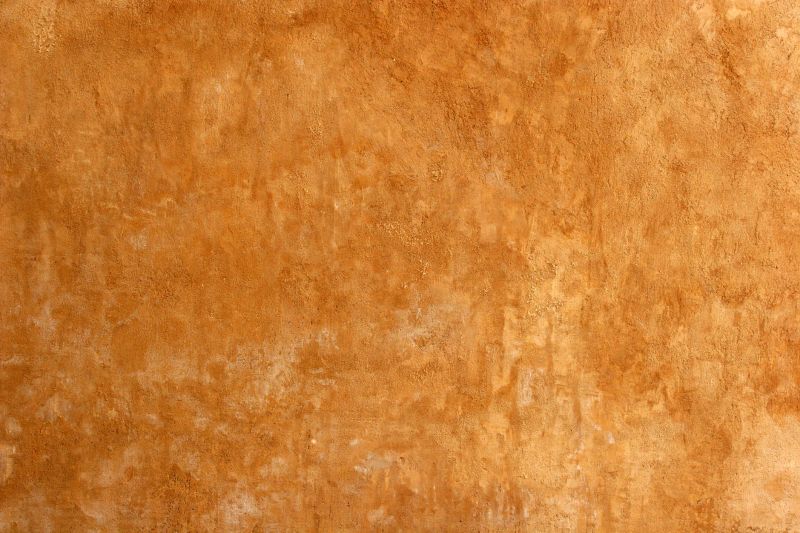
Spring offers moderate temperatures and lower humidity, ideal for acrylic stucco application.
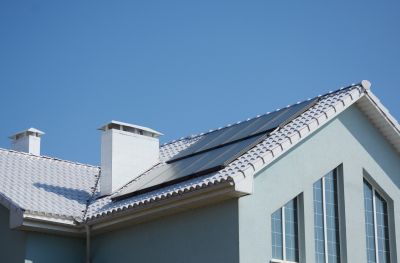
Early summer provides warm weather, but excessive heat and humidity can affect curing.
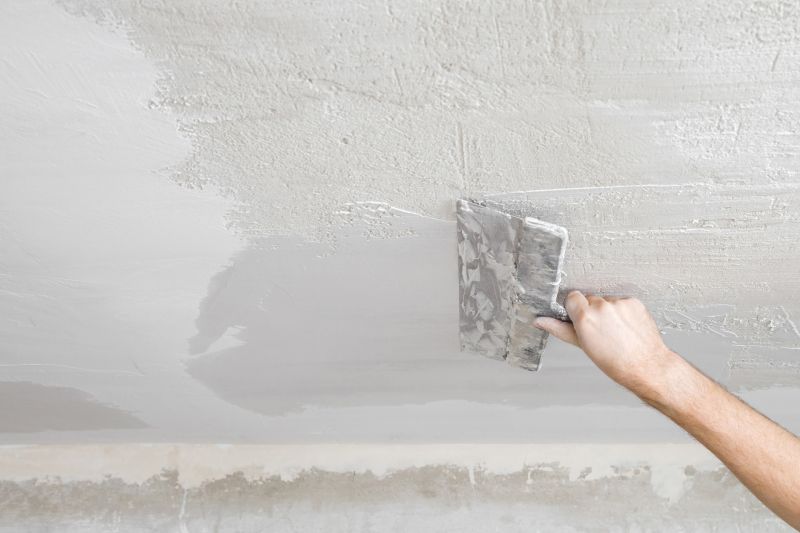
Fall's cooler temperatures and lower precipitation make it suitable for applying acrylic stucco.
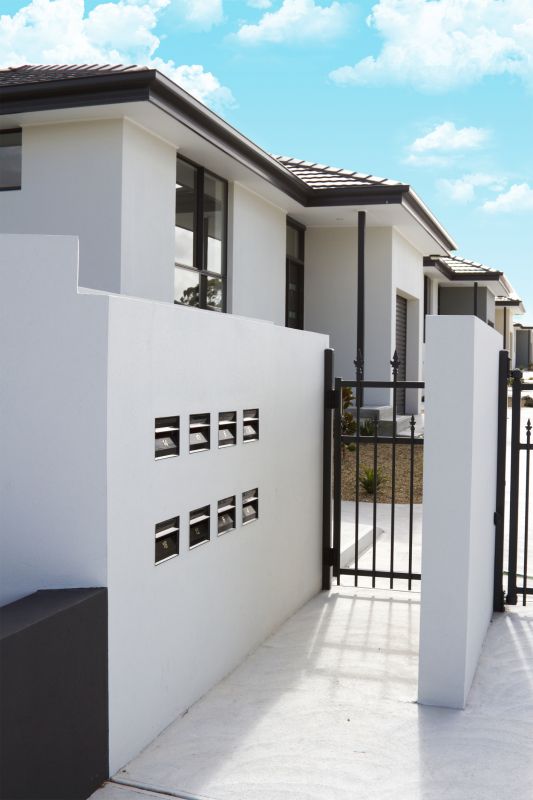
Ways to make Acrylic Stucco Installations work in tight or awkward layouts.
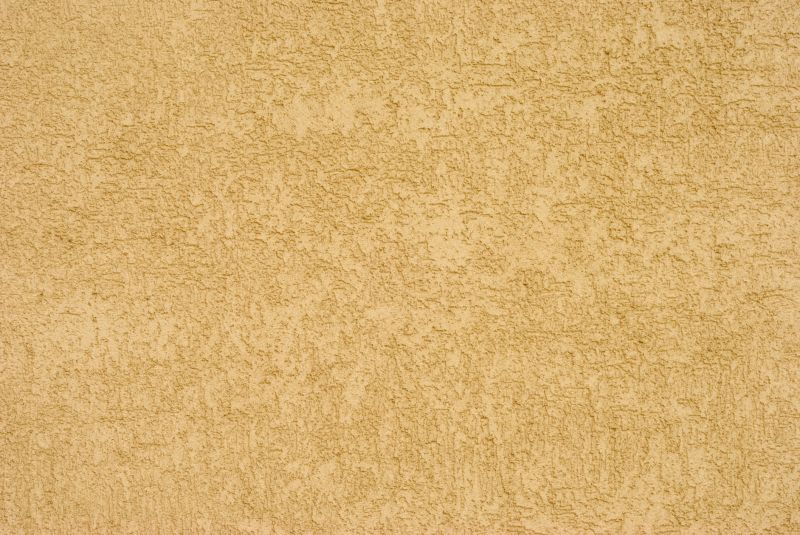
Popular materials for Acrylic Stucco Installations and why they hold up over time.
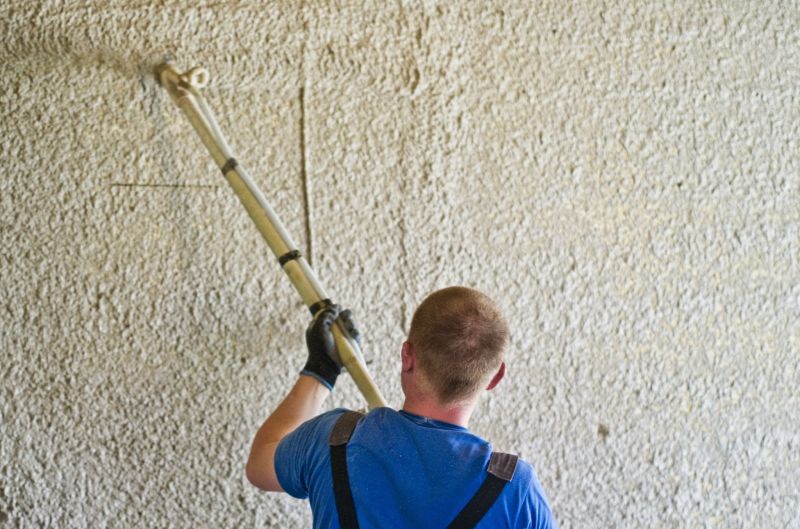
Simple add-ons that improve Acrylic Stucco Installations without blowing the budget.
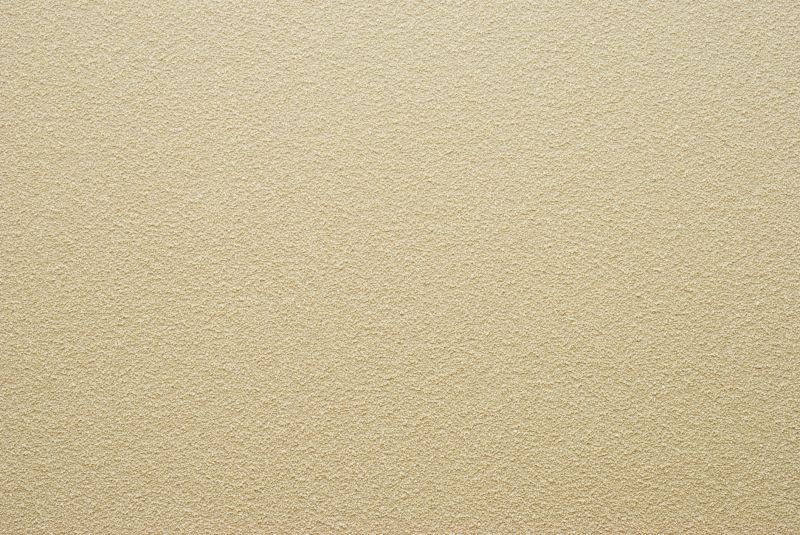
High-end options that actually feel worth it for Acrylic Stucco Installations.

Finishes and colors that play nicely with Acrylic Stucco Installations.
Acrylic stucco is a popular exterior finish due to its versatility, durability, and wide range of colors. It is composed of acrylic resins blended with traditional stucco materials, offering better flexibility and resistance to cracking. Proper installation involves surface preparation, mixing, and application under suitable weather conditions to ensure longevity.
Avoid installing acrylic stucco during rain, freezing temperatures, or extreme heat to prevent defects.
Ideal temperatures for installation range between 50°F and 85°F for proper curing.
Low to moderate humidity levels are preferred to prevent moisture issues during curing.
Surface must be clean, dry, and free of loose materials before application.

Optimal weather with moderate temperatures and low humidity.
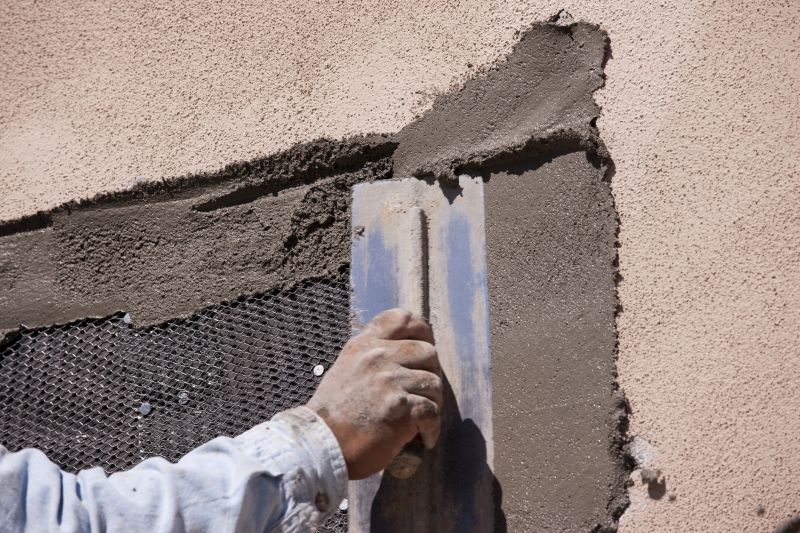
Requires caution due to high temperatures and potential for rapid drying.
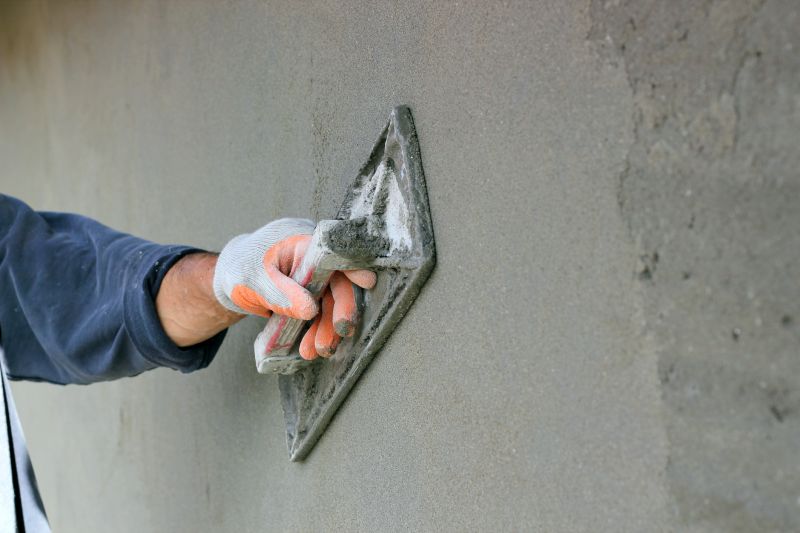
Ideal for cooler, stable weather conditions.

Not recommended during freezing temperatures or snow conditions.
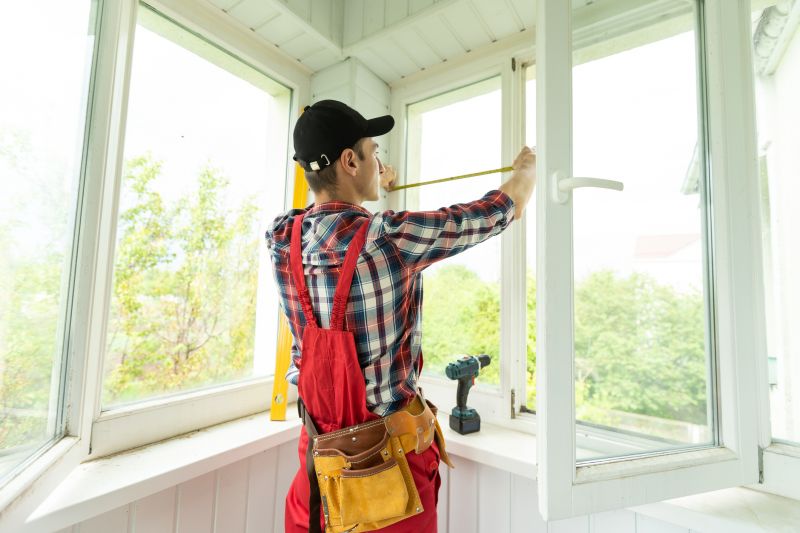
Little measurements that prevent headaches on Acrylic Stucco Installations day.
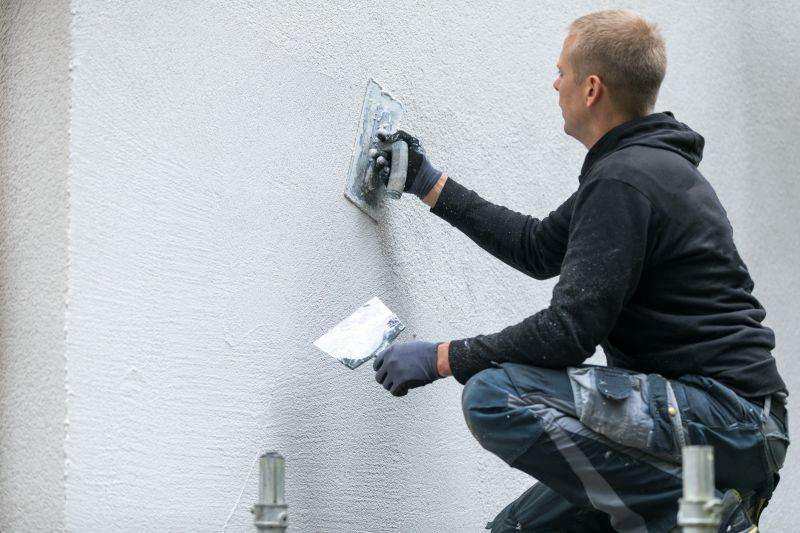
A 60-second routine that keeps Acrylic Stucco Installations looking new.
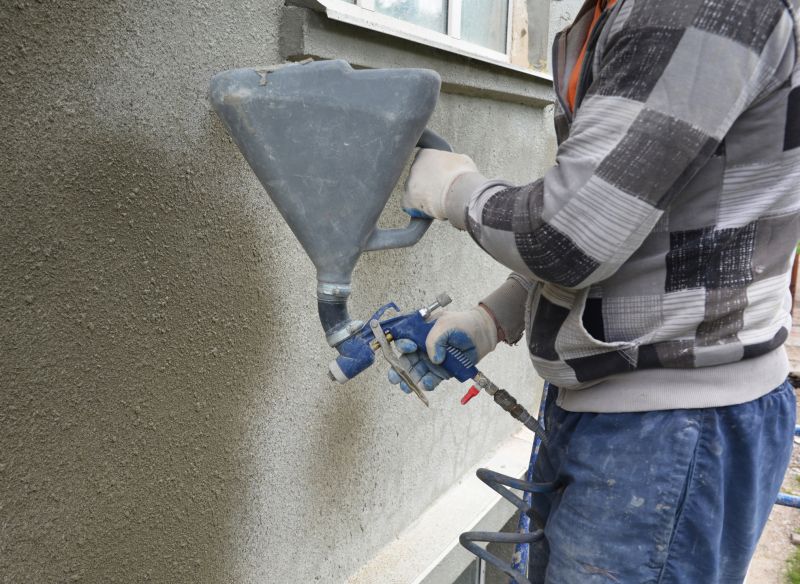
A frequent mistake in Acrylic Stucco Installations and how to dodge it.
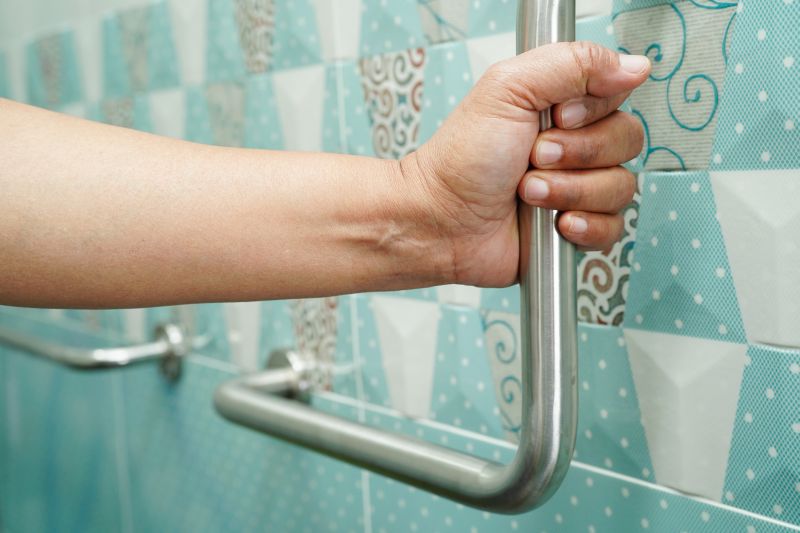
Small tweaks to make Acrylic Stucco Installations safer and easier to use.
Proper timing for acrylic stucco installation ensures a high-quality finish that resists cracking, fading, and moisture intrusion. Adhering to seasonal guidelines can reduce the risk of defects and extend the lifespan of the exterior coating. Consulting local climate patterns and weather forecasts is advisable for scheduling projects.
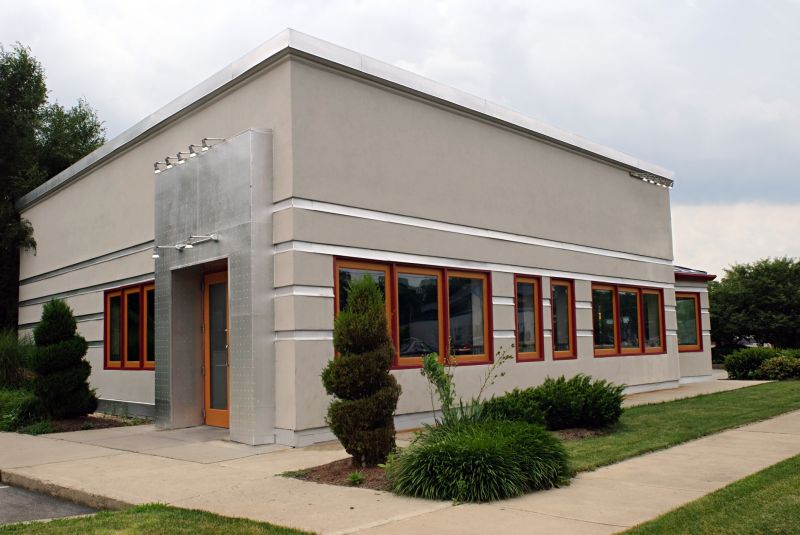
Mild climates provide consistent conditions for successful installation.
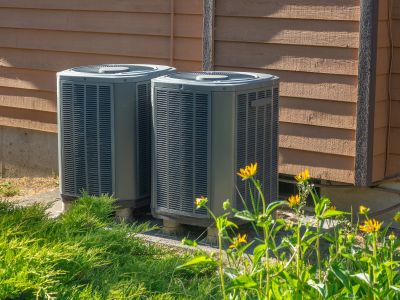
Cold temperatures can hinder proper curing and adhesion.
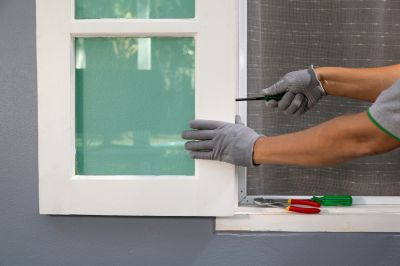
Timing installation during stable weather reduces risks.
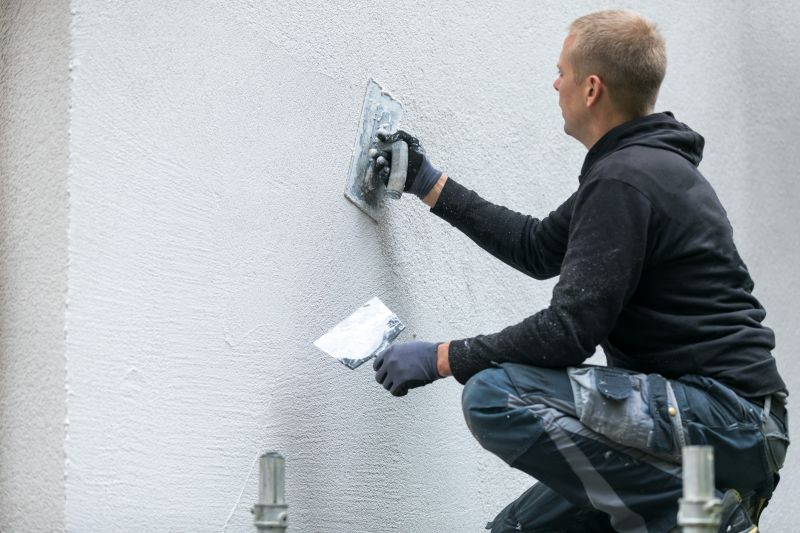
Ensure favorable conditions during curing to achieve best results.
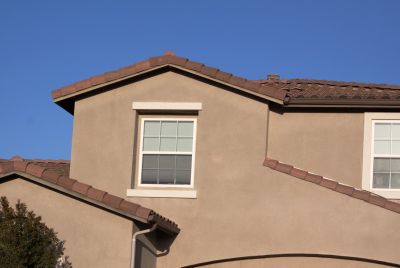
Lower-waste or water-saving choices for Acrylic Stucco Installations.
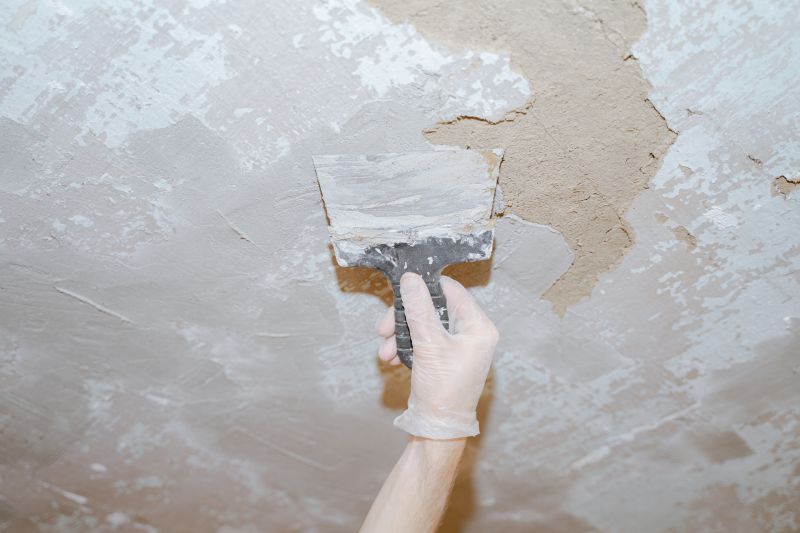
The short, realistic tool list for quality Acrylic Stucco Installations.
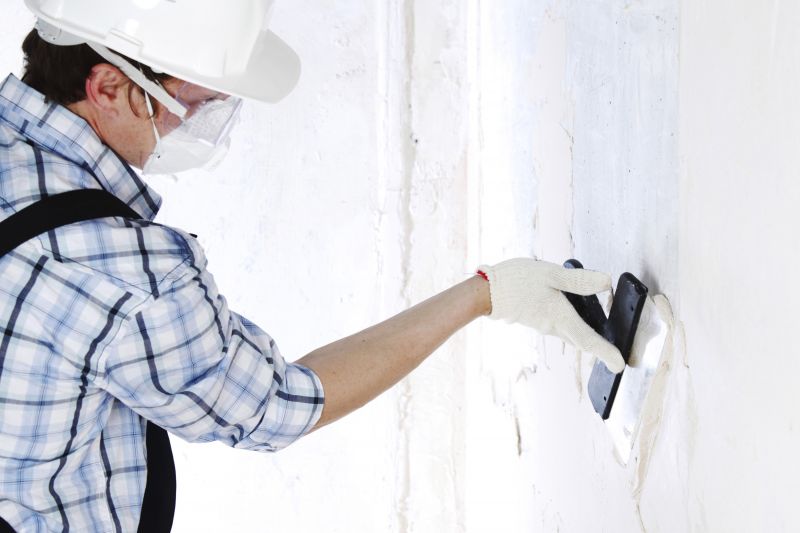
Rough timing from prep to clean-up for Acrylic Stucco Installations.
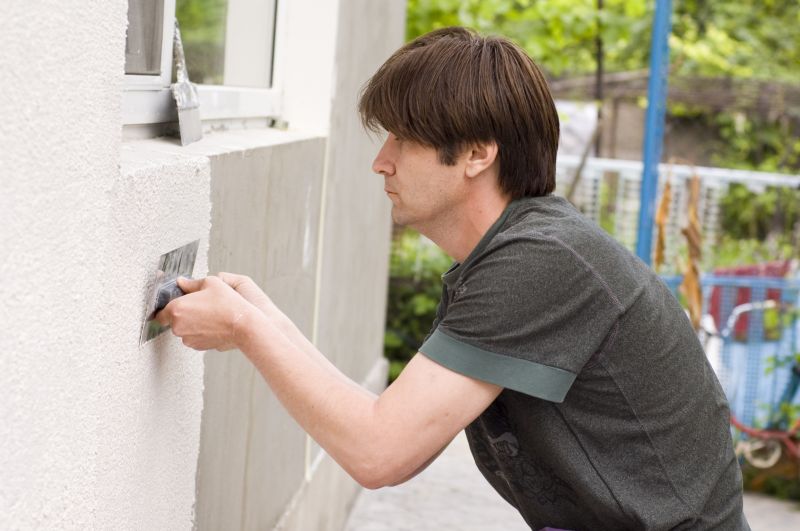
Quick checks and paperwork to keep after Acrylic Stucco Installations.
Choosing the right time for acrylic stucco installation involves assessing local climate conditions, avoiding extreme weather, and planning for optimal curing periods. Proper timing not only enhances appearance but also contributes to the durability and performance of the finish.
